Harahan Bridge
This narrow point on the Mississippi River near Memphis, TN features three lovely crossings: The Frisco Bridge (1892), the Harahan Bridge (1916), and the Memphis-Arkansas Bridge (1949).
The Harahan Bridge is a cantilevered through truss bridge constructed by the Arkansas & Memphis Railway Bridge & Terminal Company under the supervision of famed consulting engineer Ralph Modjeski. Its total length of 4,973 feet includes an asymmetric collection of cantilevered, suspended, semi-suspended, and deck truss spans - the longest of which is the western-most span of 791 feet. It was originally named the Rock Island Bridge, but was subsequently renamed for Memphis businessman J.T. Harahan, who was president of the firm that built the bridge and who was killed in a 1912 train wreck.
A distinctive feature of some early-20th-century Mississippi river crossings is the addition of two single-lane motor vehicle roadways along the sides of the bridge. The wooden-planked roads were apparently a terrifying travel experience and they were prone to fires started by sparks from passing locomotives. The Harahan was the primary vehicular bridge in this area until the neighboring Memphis-Arkansas bridge opened in 1949. As of this writing in 2011, there are plans to recover the roadway as a recreational pedestrian trail.
In contrast to the largely rebuilt Eastern roadway approach, the remnants of the Western roadway approach are fairly readily accessible (albeit overgrown) from exit #1 down Dacus Lake Road (the local road signs call it Eddie Garey Road).
I had noticed the remnants of the abandoned roadways numerous times when passing through Memphis on I-55, but had never had the time to explore further.
In the summer of 2011 I had the time...
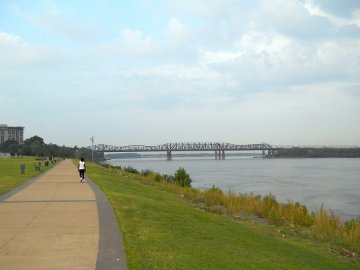
View from the north
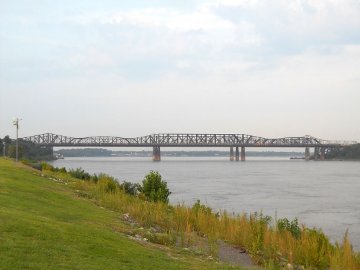
View from the north
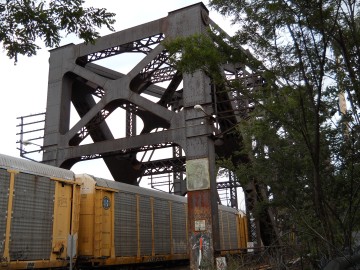
Eastern abutment

Eastern abutment
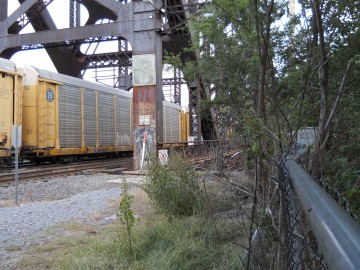
Eastern abutment
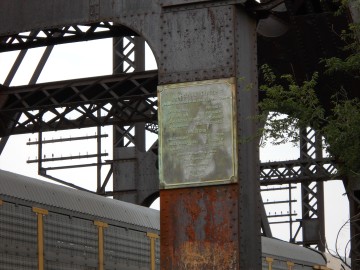
Dedication plaque
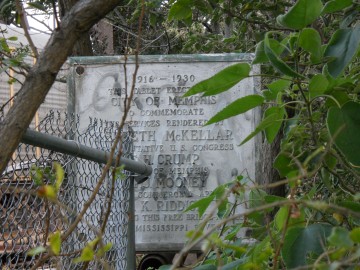
2nd Dedication plaque
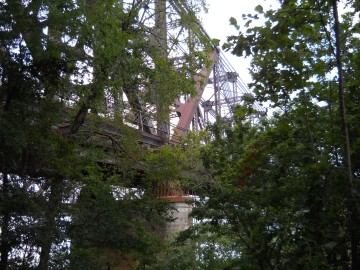
Pier #4
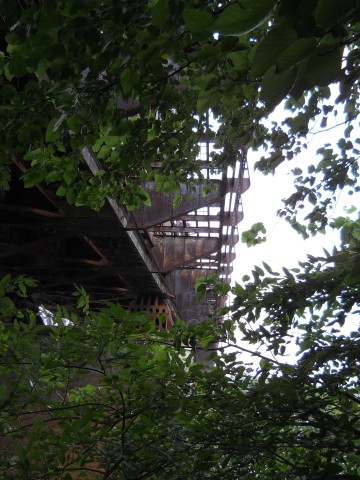
Under the northern roadway on the East bank
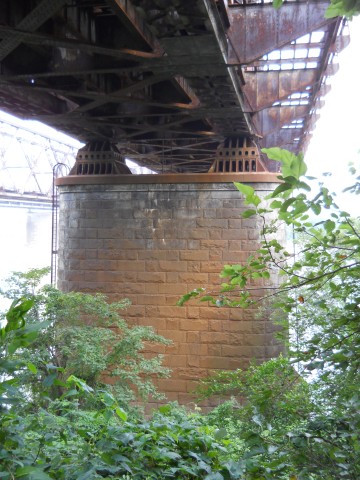
Pier #4
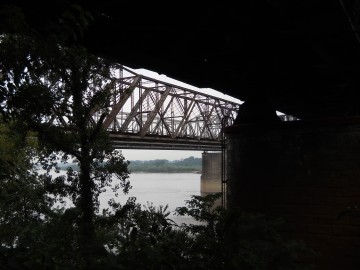
Looking south at the Frisco and Memphis-Arkansas bridges
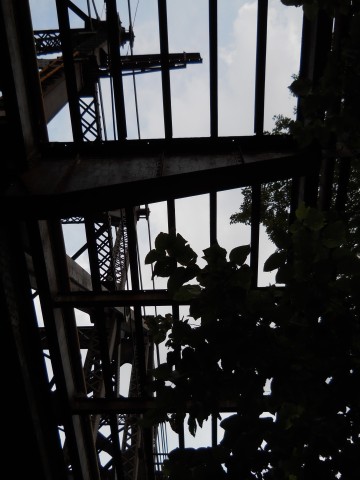
Under the northern roadway on the East bank
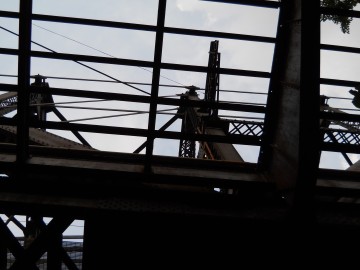
Under the northern roadway on the East bank
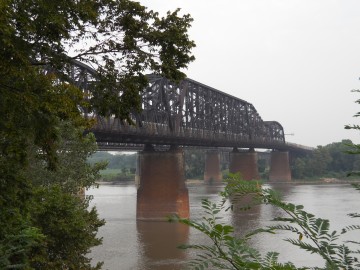
View from the Eastern shore at piers #1 - #3
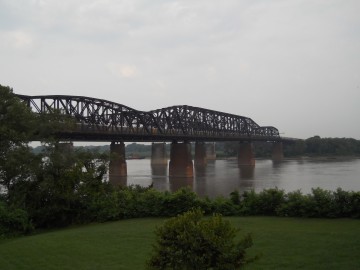
View from the Eastern shore
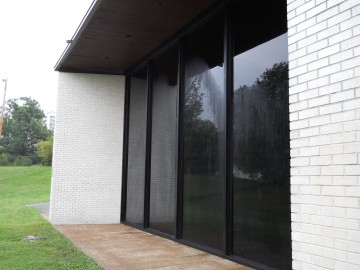
Harahan Bridge
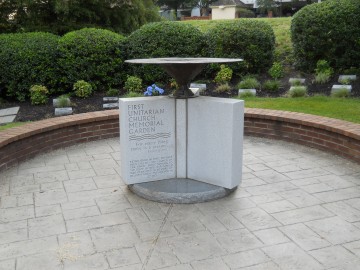
First Unitarian Church
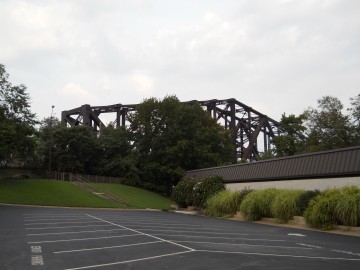
Eastern abutment over the Church
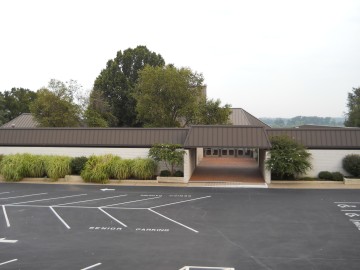
First Unitarian Church
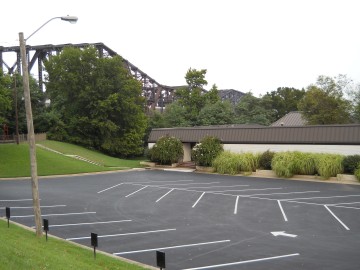
Eastern abutment over the Church

Underpass under East approach
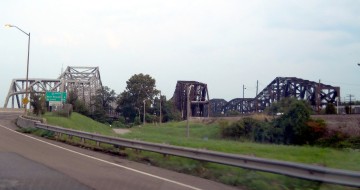
Three bridges viewed from the southeast on I-55

Abandoned hotel on the Eastern shore
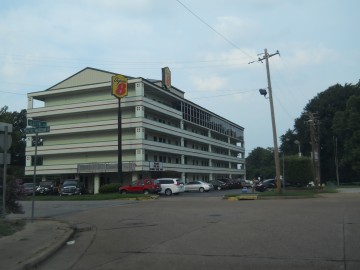
Active hotel on the Eastern shore south of the Bridge

Memphis-Arkansas Bridge
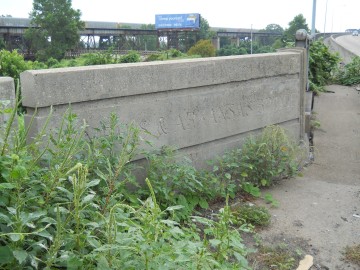
Memphis-Arkansas Bridge sign on Western shore
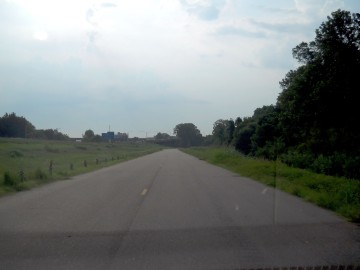
Dacus Lake Road
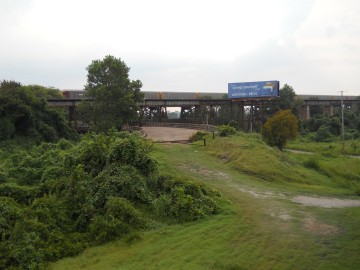
Abandoned western roadway approach

Western roadway approach
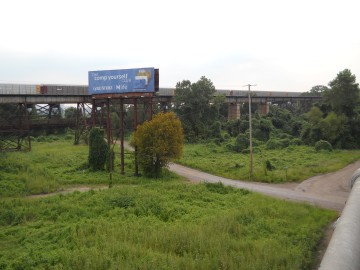
Train crossing the Frisco Bridge
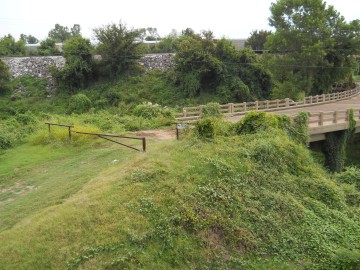
Western roadway approach
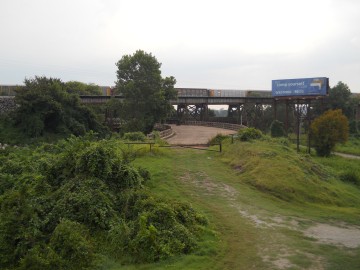
Western roadway approach
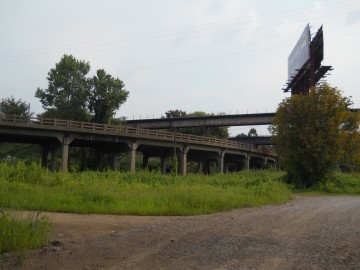
Western roadway approach
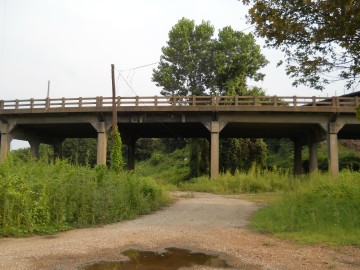
Western roadway approach
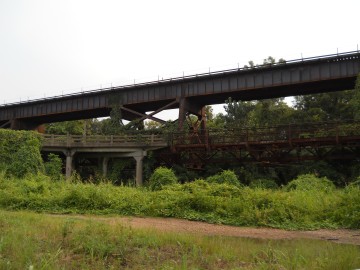
Approach interface with southern deck
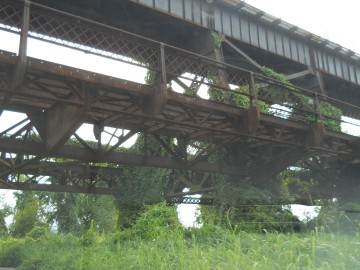
Southern roadway deck
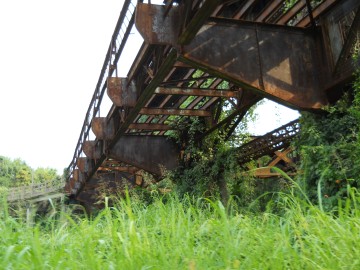
Southern roadway deck
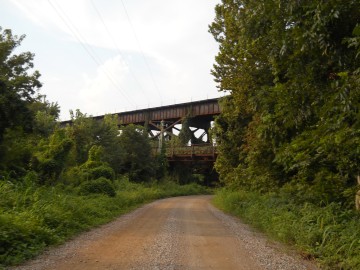
Roadway deck and Frisco Bridge viewed from the North
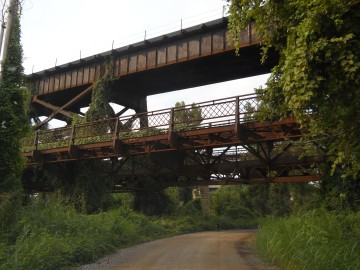
Northern roadway deck over Dacus Lake Road
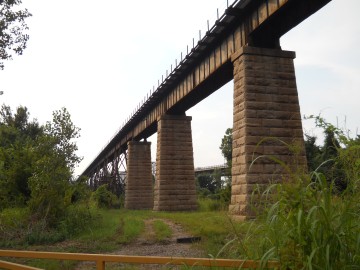
Frisco bridge headed East
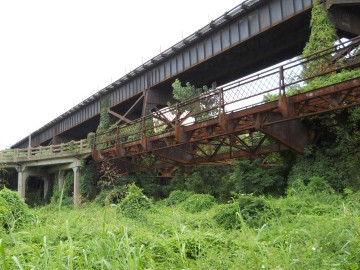
Southern roadway deck
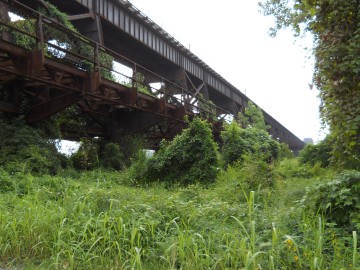
Southern roadway deck headed east up the bridge
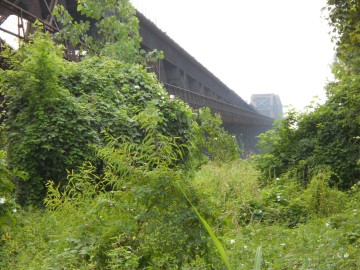
Southern roadway deck headed east up the bridge
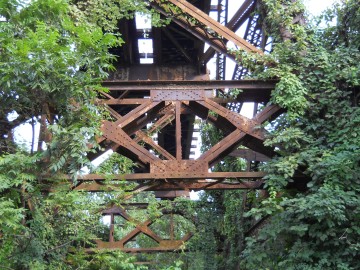
Cross trusses
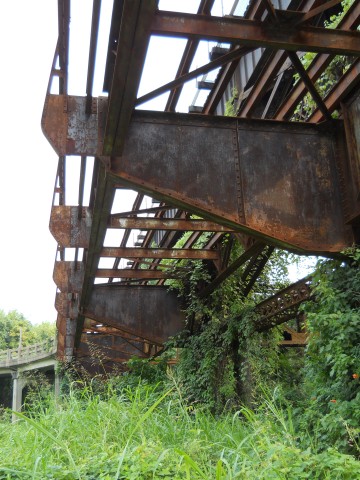
Under the southern roadway
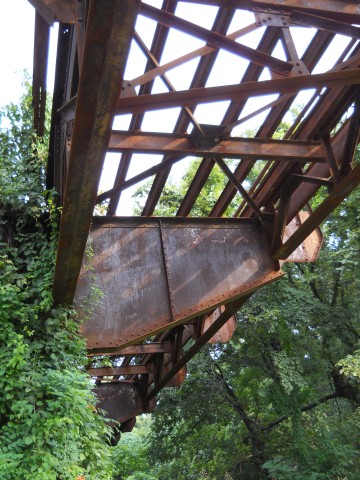
Under the southern roadway deck
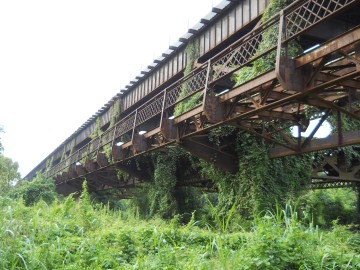
Northern roadway deck headed East

Northern roadway deck
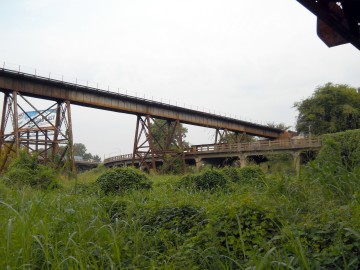
Frisco bridge crossing the Western approach
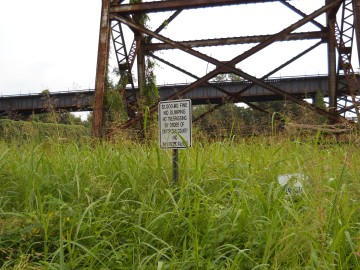
No dumping

Service road up to approach
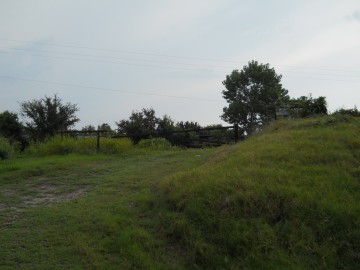
Gate to approach

West abutment of the Memphis-Arkansas Bridge
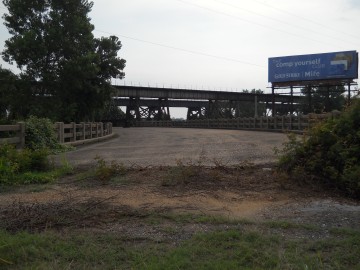
West approach
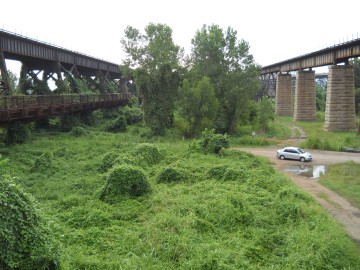
Looking East from the West approach
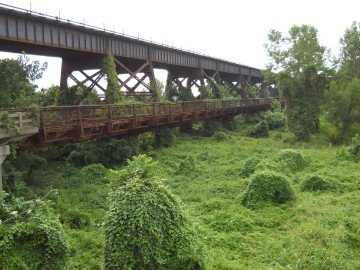
Southern roadway headed East
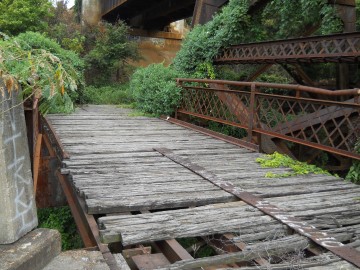
Remnants of wooden plank deck
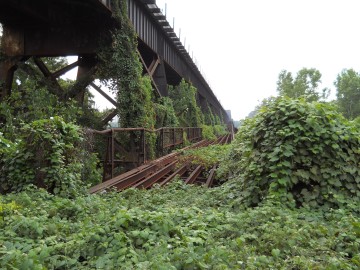
Southern roadway headed East
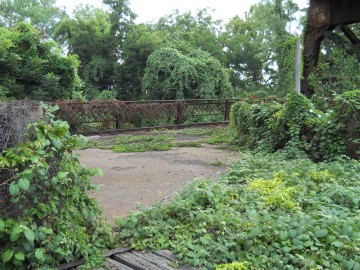
Railing on Northern roadway

Southern roadway headed East
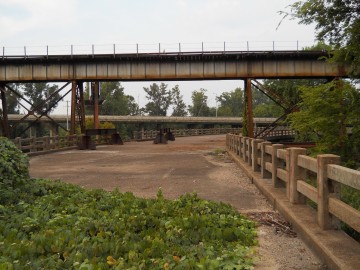
Western approach deck under the Frisco Bridge
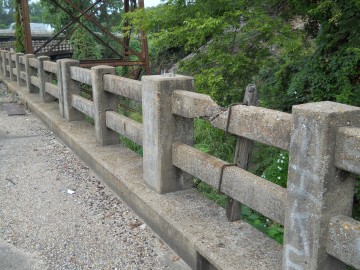
Western approach railing

Staged maintenance materials
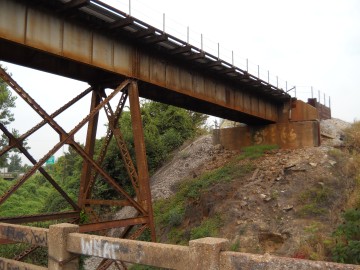
Frisco Bridge West abutment
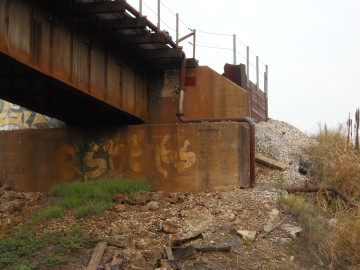
1930 - reconstructed abutment?
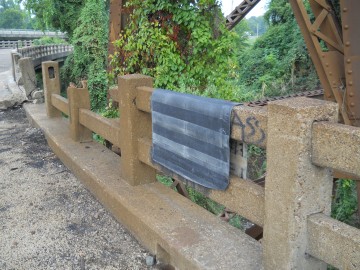
Western approach railing - who is drying their mat?

Frisco Bridge West abutment
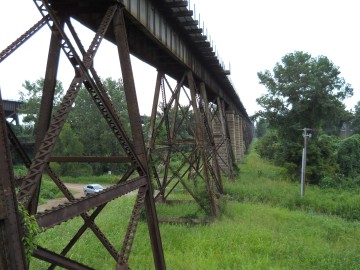
Frisco Bridge headed East
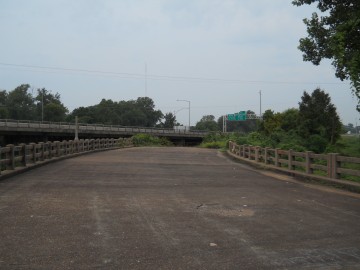
Sest approach looking south
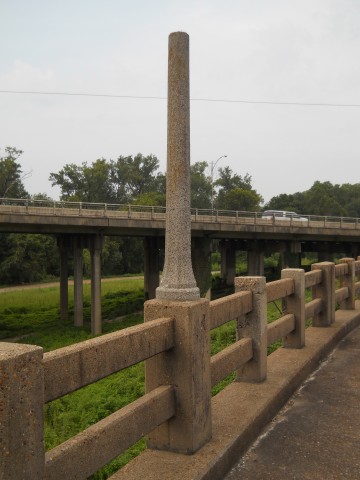
Decapitated light post
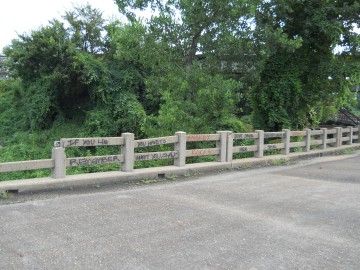
Western approach railing
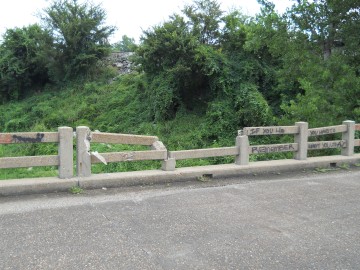
Western approach railing
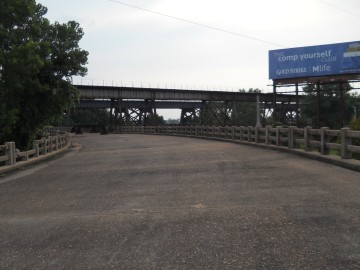
Western approach
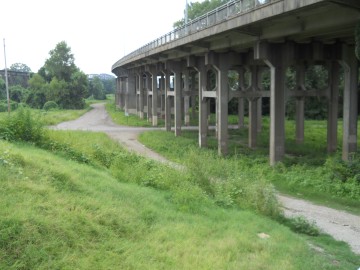
Under the Memphis-Arkansas West approach
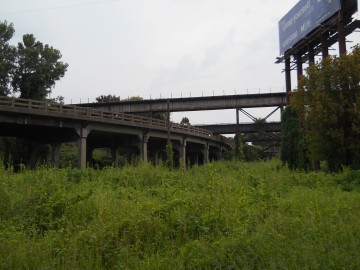
Western roadway approach
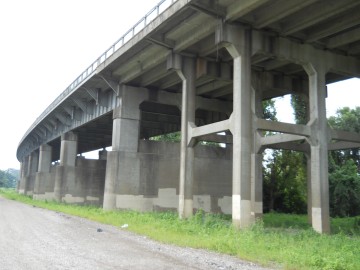
Under the Memphis-Arkansas West approach
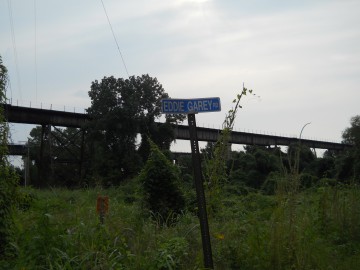
Eddie Garey Road?
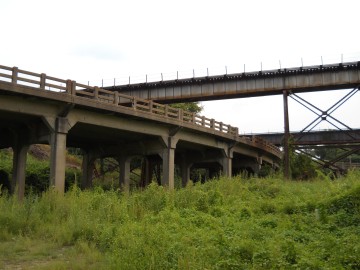
Western roadway approach
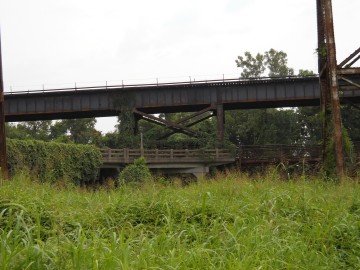
Western roadway approach
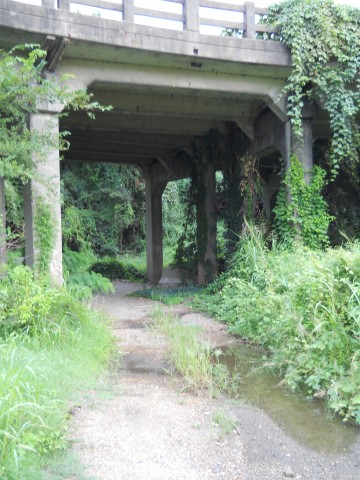
Western roadway approach
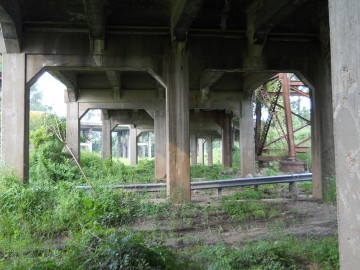
Under the Western roadway approach - concrete looks amazingly fresh
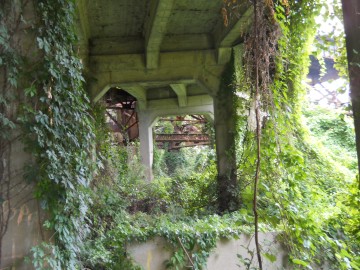
Under the Western roadway approach

Under the Western roadway approach
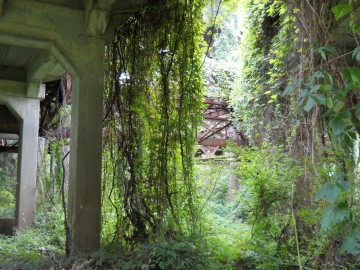
Under the Western roadway approach

Southern roadway West abutment
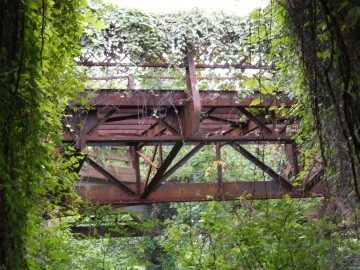
Southern roadway West abutment
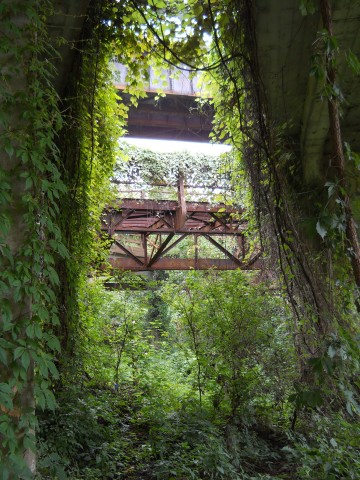
Southern roadway West abutment
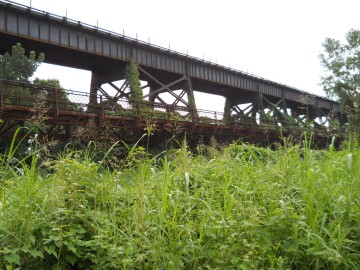
Southern roadway
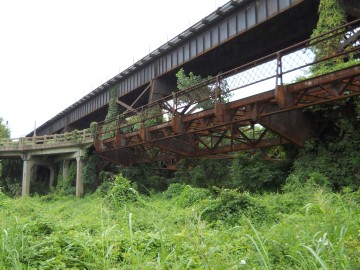
Southern roadway

Southern roadway
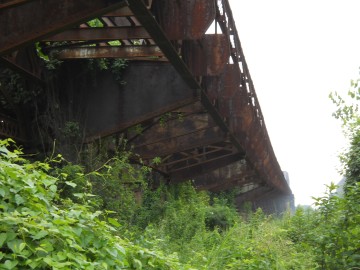
Southern roadway
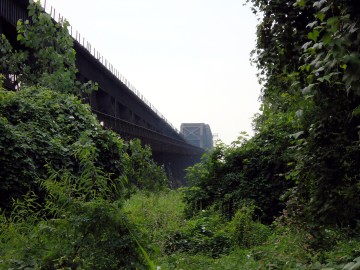
Southern roadway
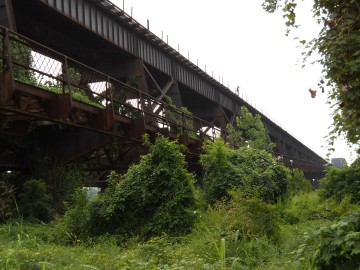
Southern roadway
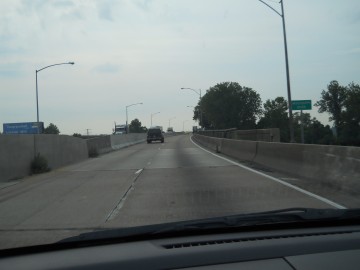
Memphis-Arkansas Bridge headed back to Tennessee

Memphis-Arkansas Bridge